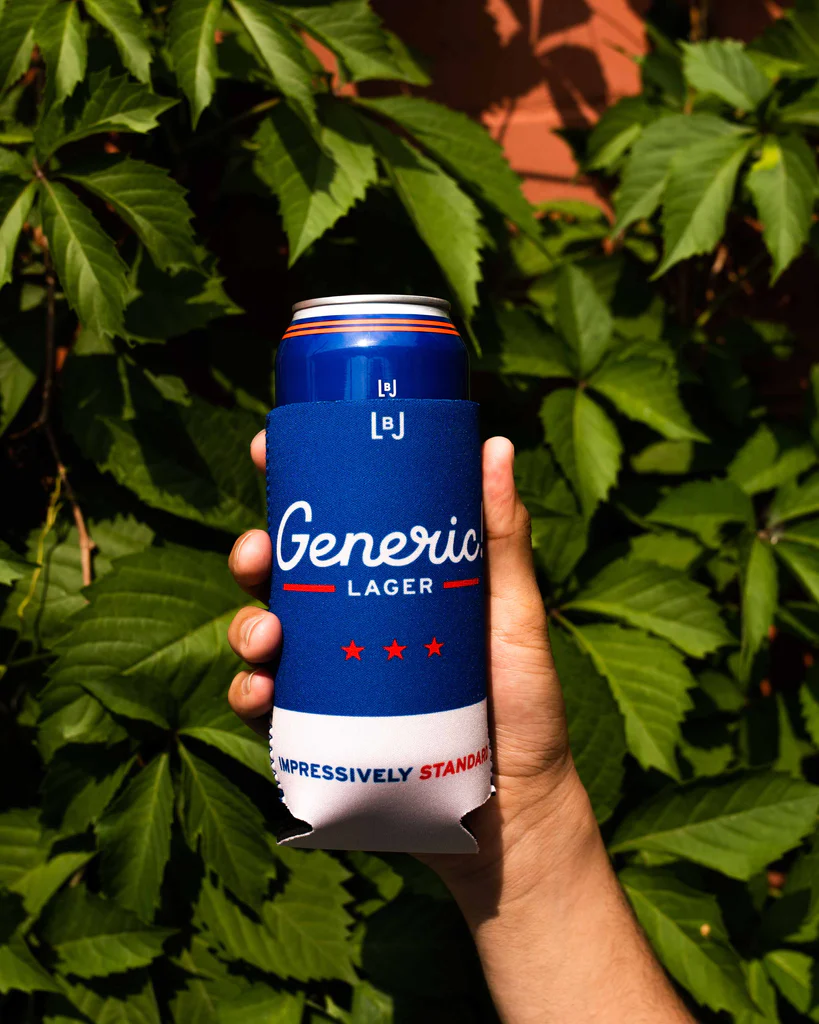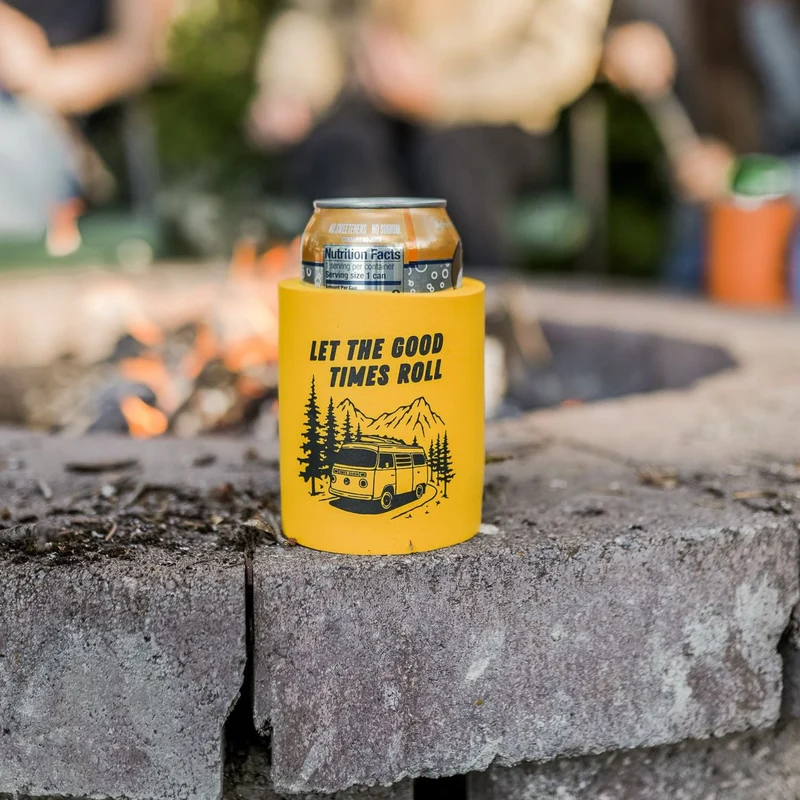
It is already well established how incredibly popular koozies are. They are cheap and affordable party accessory that keep your beer cold on a hot summer day. However, there are often questions about the function of the holes found in the design of most koozies.
What really are they good for? To explore this, it might perhaps be worthwhile to understand how the koozie came to be.
History Behind the Beer Koozie

The beer koozie was invented in the 1980s by a group of engineering students at Texas A&M University. Frustrated with their beers warming up too quickly in the hot Texas climate, they set out to find a smart solution. After a few experiments using materials like foam and neoprene, they crafted the first koozie prototype, originally named the “chiller.”
This simple yet highly effective device would become the beverage insulator we know today. It was brilliantly effective for keeping, say, a cold beer chill for longer periods of time. It did this by creating a barrier that prevents heat transfer between the drink and the surrounding air. Their invention gained popularity locally and eventually led to the widespread use of koozies today.
How Do Koozies Work?
A koozie, also known as a can cooler or stubby holder, works by providing insulation to any beverage container, be it a can or bottle. It is typically made from foam, neoprene or other insulating materials. When you place a koozie over your beverage container, it eliminates latent heat by creating a layer of insulation between the drink and the surrounding environment.
Insulation of this kind goes a long way in maintaining the beverage’s temperature, keeping your beer cooler for a longer period of time.
The Science Behind the Holes in Your Koozies

There are several reasons behind the hole designs that come with your beer koozies:
Easier Grip
The primary purpose of a koozie is to insulate and keep your beverage cold by providing a barrier between the can or bottle and the surrounding air. However, when a koozie is placed over a can or bottle, it can create an airtight seal that makes it difficult to remove. The hole at the bottom of the koozie allows for some air to escape, making it easier to slide the koozie on and off the beverage container.
Condensation Drainage
When a cold drink is placed in a koozie, water droplets often forms on the outside of the can or bottle. The hole at the bottom of the koozie serves as a drainage point for this condensation. Without a hole, condensation could accumulate inside the koozie. This would make the koozie wet and thus potentially less effective at insulating your beverage.
Customization
Some koozies have holes to accommodate different types of containers. For example, a koozie designed for a slim can might have a smaller hole, while one meant for a bottle may have a larger hole. This allows koozie manufacturers to create products that are versatile and suitable for various beverage containers.
Design and Aesthetics
The hole in a koozie can also be a design element. Indeed manufacturers often use it as an opportunity to add branding, logos or creative designs to their koozies. Customization of this kind undoubtedly makes the koozie more appealing and marketable.
Airflow
The hole in a koozie also allows for a small amount of airflow around the beer cooler or koozie. This airflow can help reduce the rate of heat transfer between the koozie and the drink by allowing a bit of convection. While the primary function of a koozie is to insulate, a minimal amount of controlled airflow can aid in maintaining the temperature of the beverage.
User Experience
The hole in a koozie can also enhance the user experience of the koozie greatly. It provides a tactile point of reference for where to hold the koozie when placing it on or removing it from a beverage container. This tactile feedback makes it easier for users to align the koozie correctly and avoid trapping air inside, which can be challenging with an airtight seal.
Materials and Durability of Your Koozies
Depending on the materials used to make a koozie, the hole may help prevent the material from tearing or stretching when it’s stretched over a beverage container. The hole reduces stress on the koozie’s material. In many ways, this contributes to the long-term durability of the koozie.
In all, the holes in the koozie design serves actual functional purposes such as facilitating ease of use, preventing condensation buildup and accommodating different container sizes. More than this, however, they can also contribute to the koozie’s overall design and branding!
